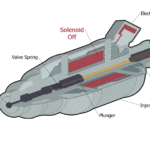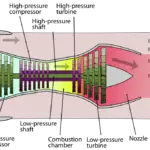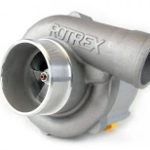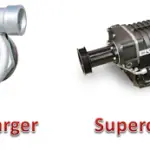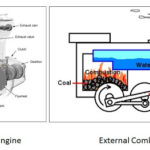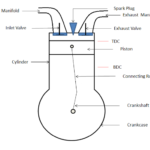What is a Supercharger?
It is used to pressurize the air at intake or increase the air density supplied to an internal combustion engine, more air means more oxygen allowing it to burn more fuel and to get more power by increasing in air during the combustion inside an engine. Here we will learn about different types of supercharger.
All the superchargers can be powered mechanically by means of a belt, shaft, or chain connected to the engine’s crankshaft. Operate in a similar way to turbochargers, but are in fact less efficient, Whereas a turbocharger gets energy from exhaust gases to power its air compressor, a supercharger runs on an engine belt. This device adds an average of 40 percent more horsepower, 30 percent more torque, and 50 percent more air into the engine.
Also Read:
- What is Brake Booster and How it Works?
- How CVT Works – Continuously Variable Transmission?
- Difference Between Turbocharger and Supercharger
Types of Supercharger
There are three types of superchargers used in automobiles Roots Style, twin screw and centrifugal supercharger. Root style is the oldest among them. The centrifugal type uses an impeller whereas the other two types use different meshing lobes with rotors and they look like same, there is no much physical difference between them in design and construction. Air intake to the manifold is different for each of them.
1. Roots Type Supercharger:
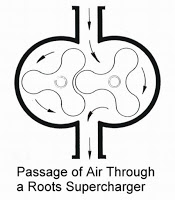
As the rotating meshing lobes spin in different directions, the right side lobe is clockwise and the left one is anti-clock wise. Air comes from outside through the inlet fill side, the two rotors can trap the air by these lobes and actually push the air down towards the discharge outlet. Each time it compresses the fixed amount of air at the outlet during each rotation. Air gets compressed below the rotary lobes while the inlet only sucks the air. Eventually pushing more pressurized air at the inlet manifold.
Pros:
- Excellent reliability.
- Low rpm big boost; at low engine speed it can produce a greater boost.
- Simple in design and construction
Cons:
- Creates lots of heat.
- Heavy in weight and bigger in size, it can come out of the hood.
- Least efficient.
2. Twin-Screw Supercharger:
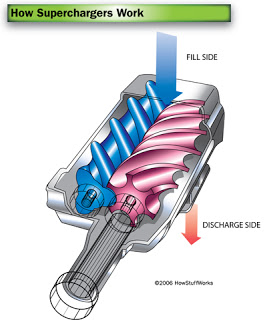
In this type of supercharger, two spiral rotors have screw shape and worm gear which pushes air towards to inlet manifold. The rotation of rotors is different from the roots type supercharger, the direction of the right side of the rotor is taken anti-clockwise, and the left side rotor is in a clockwise direction. Air gets start suction at the fill side and converts to pressurized air due to rotation of both the screw types rotor lobes. Air compresses in the rotor housing because of conical taper and air moves from the fill side to the discharge side.
Pros:
- It provides Instant boost.
Cons:
- Noisy, means it more noise during its working.
Also Read:
- How Turbocharger Works – Explained?
- What is Hydraulic Braking System and How It Works?
- What is Master Cylinder and How It Works?
3. Centrifugal Supercharger:
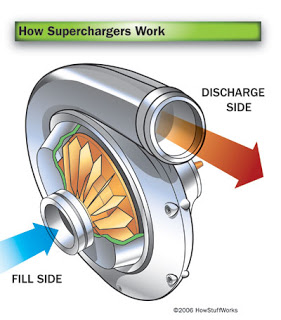
It looks like a turbocharger; when air sucks through the impeller having high speed and low pressure thrown towards to diffuser can converts into low speed and high pressure. Impeller and diffuser blades are different in construction. From the diffuser air moves towards to volute casing and air pressure is further increased. This high-pressure air goes to the outlet and then the inlet manifold of the engine.
Pros:
- High thermal efficiency and creates less heat.
- Small and compact in size.
Cons:
- Bad low rpm boost; there is no fixed amount per revolution.
For a Better Explanation Watch the Video Given Below:
After Supercharging Process:
As the air is compressed at the end of the supercharger, the air gets hotter, this means that it loses its density so air molecules are less and cannot expand as much during the explosion in the combustion chamber. For a supercharger to work at efficiently, the compressed air needs to cool down for more air molecules. At the discharge unit, compressed air must be cooled before it enters the intake manifold. The intercooler is responsible for this cooling process. Due to the intercooler reduction in air temperature, the density of the air increases, which makes more oxygen enter the combustion chamber.
Conclusion
In this article, we have learnt about the types of supercharger used in automobiles to boost of engine. if you find this piece of information useful and valuable then don’t forget to like and share it.


